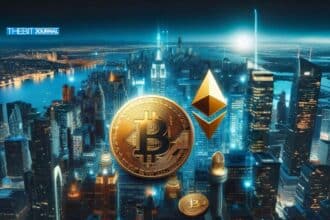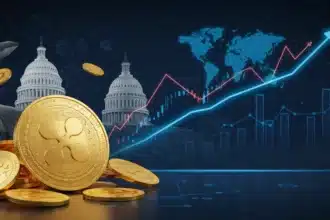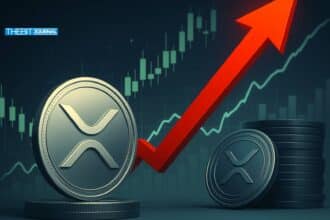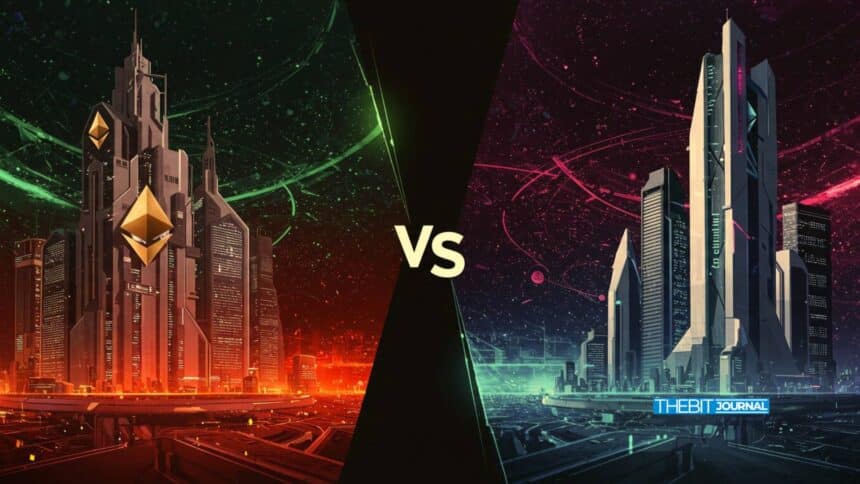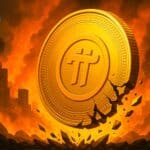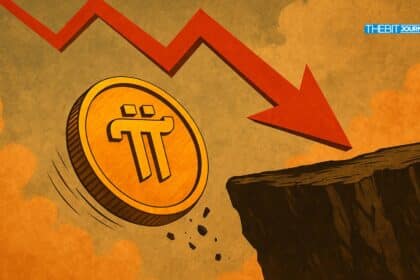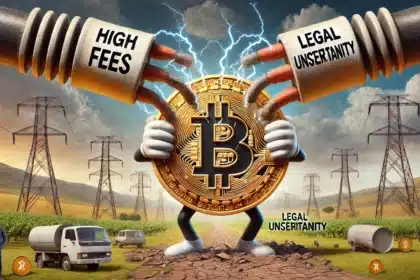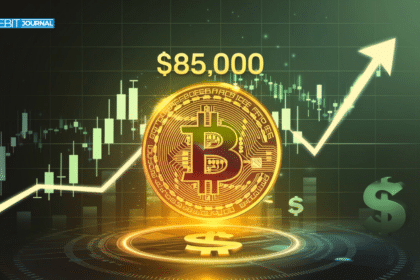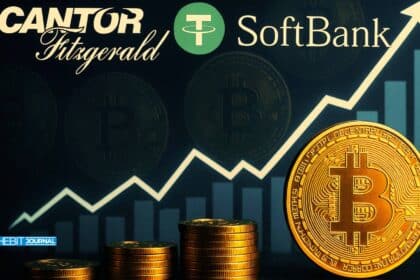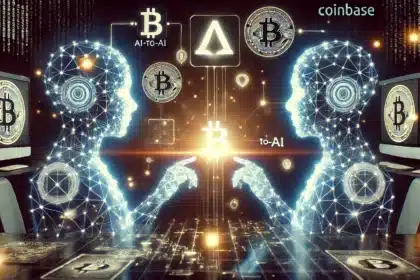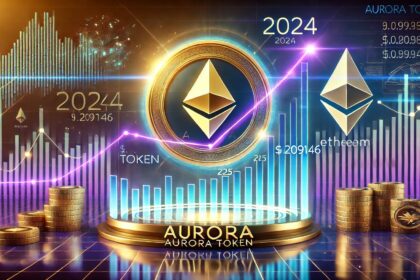As DeFi matures and approaches global finance, the question becomes this: Can the ecosystem balance neutrality, security, and throughput? In 2025, the path is split into two for Ethereum vs Solana: Ethereum’s decentralized, modular architecture and Solana’s high-performance, monolithic chain. Which infrastructure will anchor the next chapter of blockchain finance?
Ethereum: The Foundation of Serious DeFi
Ethereum is DeFi’s bedrock, trusted, secure and designed for composability. Over 55% the total value locked (TVL) across all chains is still on Ethereum. This is a conviction in Ethereum’s security and neutrality.
An important advantage is also its modular scaling approach. Ethereum’s Layer 1 maintains core security and decentralization, while Layer 2 rollups handle high-volume use cases like micro-transactions and gaming. Its Layer 1 and Layer 2 modular framework keeps decentralization at the core and offloads workloads.
The Proto-Danksharding upgrade (EIP-4844) went live on March 13, 2024 and reduced Layer 2 costs by orders of magnitude. Additionally, the Pectra upgrade on May 7, 2025 added 11 EIPs including validator flexibility (staking cap up to 2,048 ETH), smart accounts (account abstraction) and enhanced Layer 2 integrations .
Today Ethereum has over 1,388 DeFi protocols, more than Solana’s 232, making it the premier developer and composability hub.
In short, Ethereum offers: Institutional-grade security and neutrality—as regulation tightens; Composability-first architecture for protocol innovation and Optimized developer experience from decades of tooling and testing.
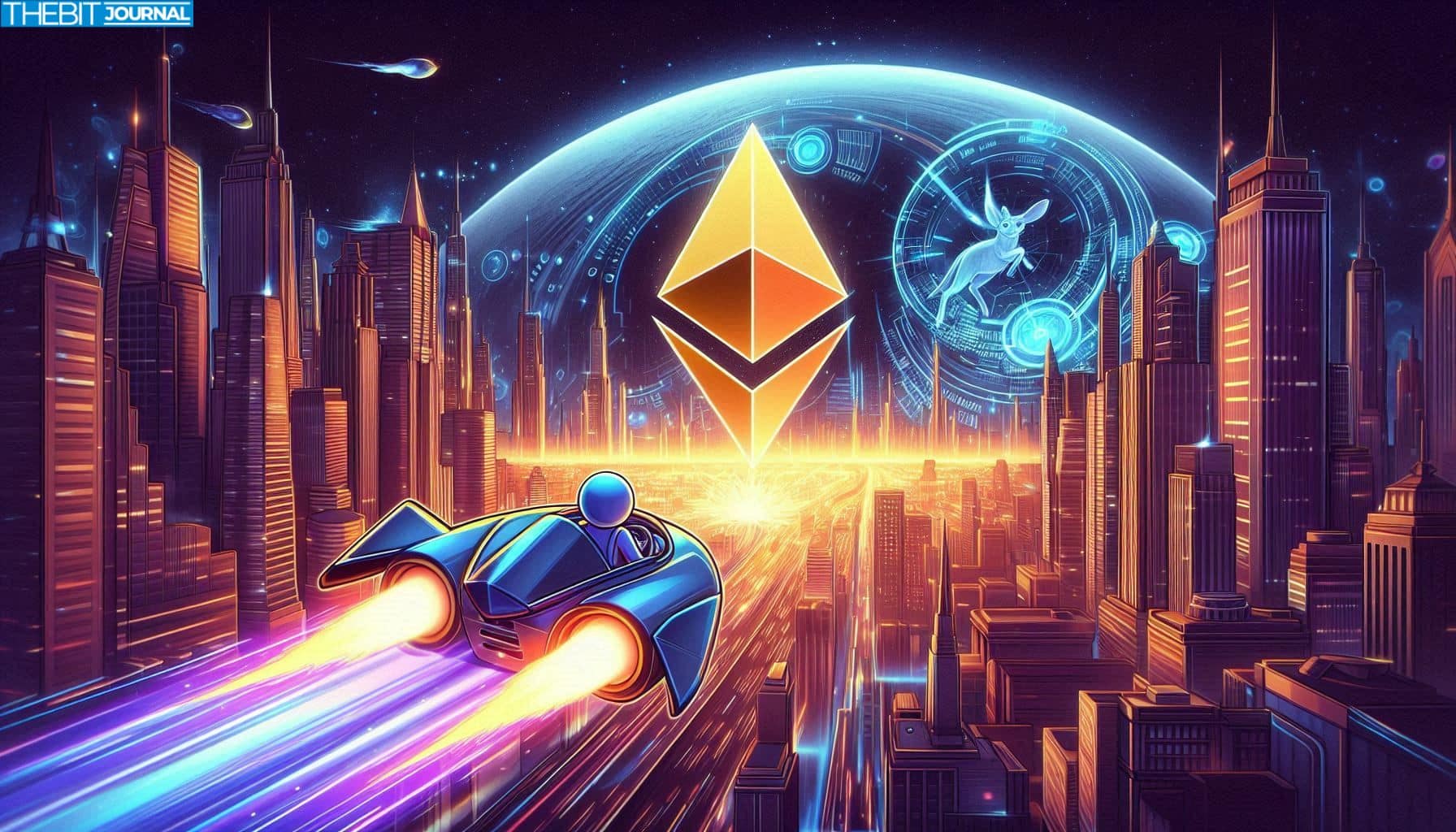
Solana: Fast, Efficient, But Centralized?
Solana tackles scalability with a monolithic Layer 1 that delivers 3,000–4,000 TPS, with plans to reach over 1 million TPS with its Firedancer validator. On-chain stats show 2.2 million daily active wallets, low fees of $0.00025 and transaction finality under 2 seconds. Its DeFi TVL of $8–9 billion, roughly 7.5% of the total, grows steadily.
But speed and cost come with trade-offs. Solana’s leader-node architecture and smaller validator set mean centralization risks. While validator diversity is growing, over 3,200 nodes across 45 countries, the centralized sequencing at the block level is a weak point.
Still, Solana has real-world use cases. Its high throughput makes it great for consumer apps, GameFi, yield farming and even some institutional networks. Firms like Franklin Templeton, R3 and Circle are exploring permissioned or controlled Solana deployments.
In short, Solana offers: Lightning-fast, super low-cost transactions for UX-first apps; On-chain, institutional-grade infrastructure; and growing but still centralized validator dynamics that may concern regulators or censorship resistance.
Ethereum vs Solana: Structural Soundness vs Mass Adoption
The question for 2025 and beyond: which one should be prioritized: architecture or user experience?
Ethereum says deep trust, composability, decentralization and neutrality will get regulatory trust and long-term value. Solana says no one benefits from security sacrifices if users won’t even use it.
TVL tells the tale:
Comparison Table
| Feature | Ethereum | Solana |
| DeFi TVL | 55% of market share ($52B+) | 7–8% ($8–9B) |
| Protocol Count | 1,388 | 232 |
| Daily Active Wallets | 430k (L1) + millions on L2s | 2.2 million |
| TPS Capacity | 15 TPS L1; L2 scaling significantly | 3–4k TPS (moving toward 100k+ via Firedancer) |
| Average Fees | $2–3 L1; <$0.10 L2 | $0.00025 |
| Major Upgrades | Dencun (Mar 2024), Pectra (May 2025) | Ongoing Firedancer rollout |
| Architecture Philosophy | Security, Neutrality, Composability | Speed, UX, High Throughput |
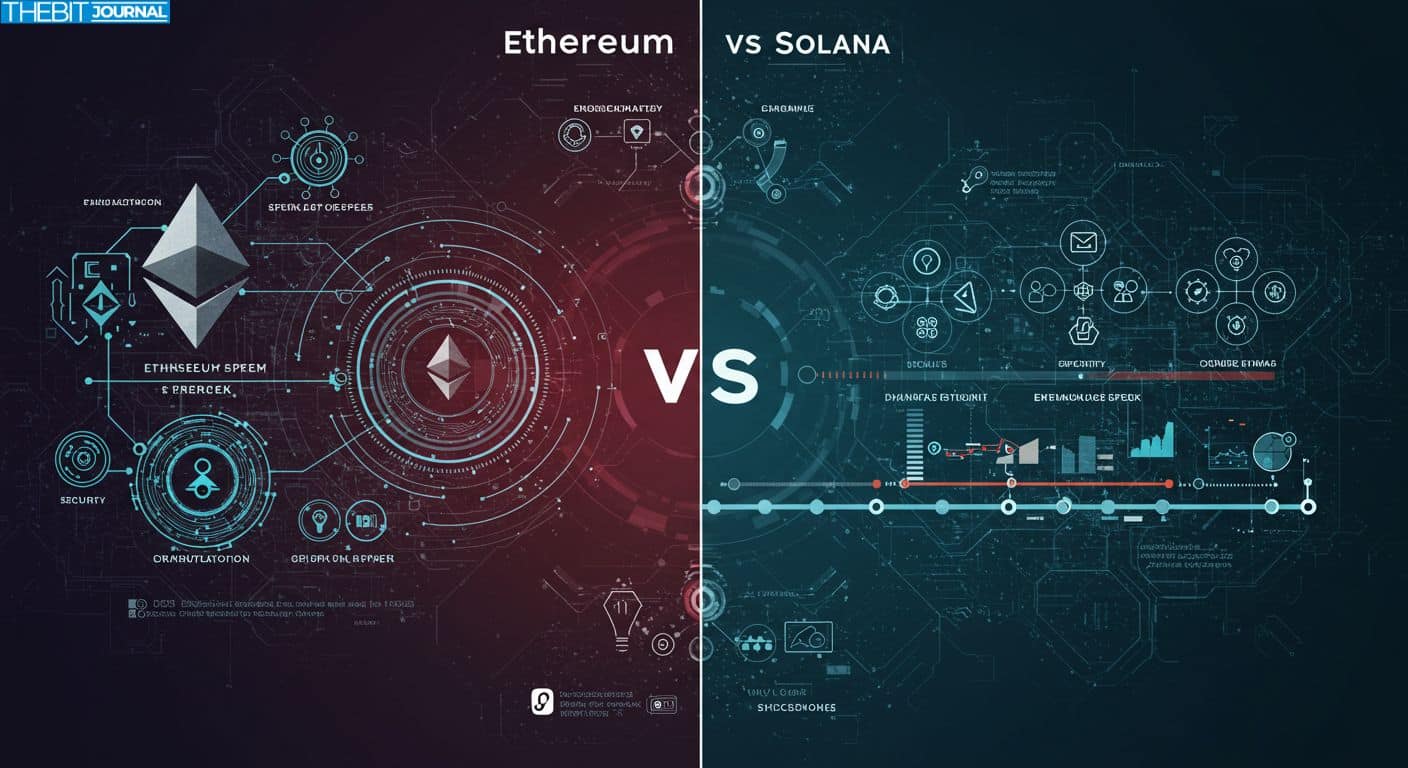
Global DeFi Outlook
Ethereum is decentralization-first, composable for institutional-grade DeFi, with completed upgrades (Proto-Danksharding, Pectra) that solidify the foundation. Solana is fast and low fee for frictionless consumer and gaming apps, but seemingly centralized.
As DeFi merges with mainstream finance, Ethereum’s resilience, neutrality and roadmap make it the set. Solana will thrive where speed and user experience is the priority. The stories of how each chain evolves in governance, tech and ecosystem will be the next chapter of DeFi.
Conclusion: What’s Next for Ethereum vs Solana
For Ethereum: Full Danksharding after Proto-Danksharding, more L2 cost savings and more blob capacity; Pectra’s benefits since May 7, 2025: validator flexibility, smart accounts, L2; Institutional adoption will accelerate with staking and wallet capabilities.
For Solana: Firedancer validator will increase throughput but is centralized; Use cases in GameFi, stablecoin ecosystems, consumer apps, and permissioned deployments are growing.
Summary
In 2025, Ethereum vs Solana represent two different visions: one for security, composability, and decentralization, and the other for speed, low fees, and adoption. Ethereum’s modular architecture and institutional trust, seen in its 55% DeFi TVL, means serious financial infrastructure. Solana has lightning-fast throughput, ultra-cheap fees, and millions of users. But it introduces centralization risk and may not be regulatory neutral.
FAQs
Is Ethereum faster than Solana?
Not exactly; Ethereum mainnet is at 15 TPS. Rollups expand that but Solana has raw throughput in the thousands.
Will Solana match Ethereum in TVL?
Unlikely in the short term. Ethereum has 55–60% TVL and protocol depth gives it a moat.
Is Solana centralized?
Somewhat. Validators are geographically diverse but Solana’s transaction sequencing is leader based; not fully decentralized.
What is Proto-Danksharding?
EIP‑4844 upgrade that enables cheap “blob” data storage for rollups, 50–90% L2 cost savings.
Which chain is better for developers?
It depends on priorities; Solana for speed-focused, UX-first apps; Ethereum for secure, composable, audited DeFi apps.
Glossary
Total Value Locked (TVL): The total amount of assets deposited in DeFi protocols across a blockchain. It reflects the usage, liquidity and trust in a network’s financial infrastructure.
Layer 1 (L1): The base blockchain protocol (e.g. Ethereum, Solana). All transactions are validated directly on the core chain.
Layer 2 (L2): Secondary networks built on top of Layer 1 blockchains to improve scalability and reduce transaction costs (e.g. Optimism, Arbitrum for Ethereum).
Monolithic Architecture: A blockchain structure where all operations (execution, settlement, consensus and data availability) occur on a single chain, as seen with Solana.
Modular Architecture: A design where responsibilities like execution and data availability are separated across different layers or rollups, enabling greater scalability—used by Ethereum.
